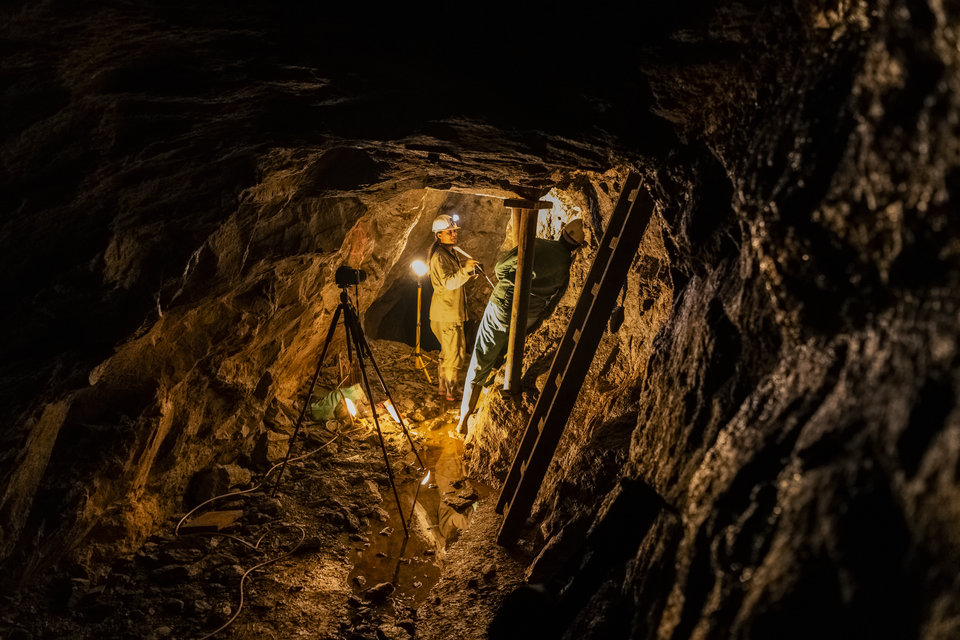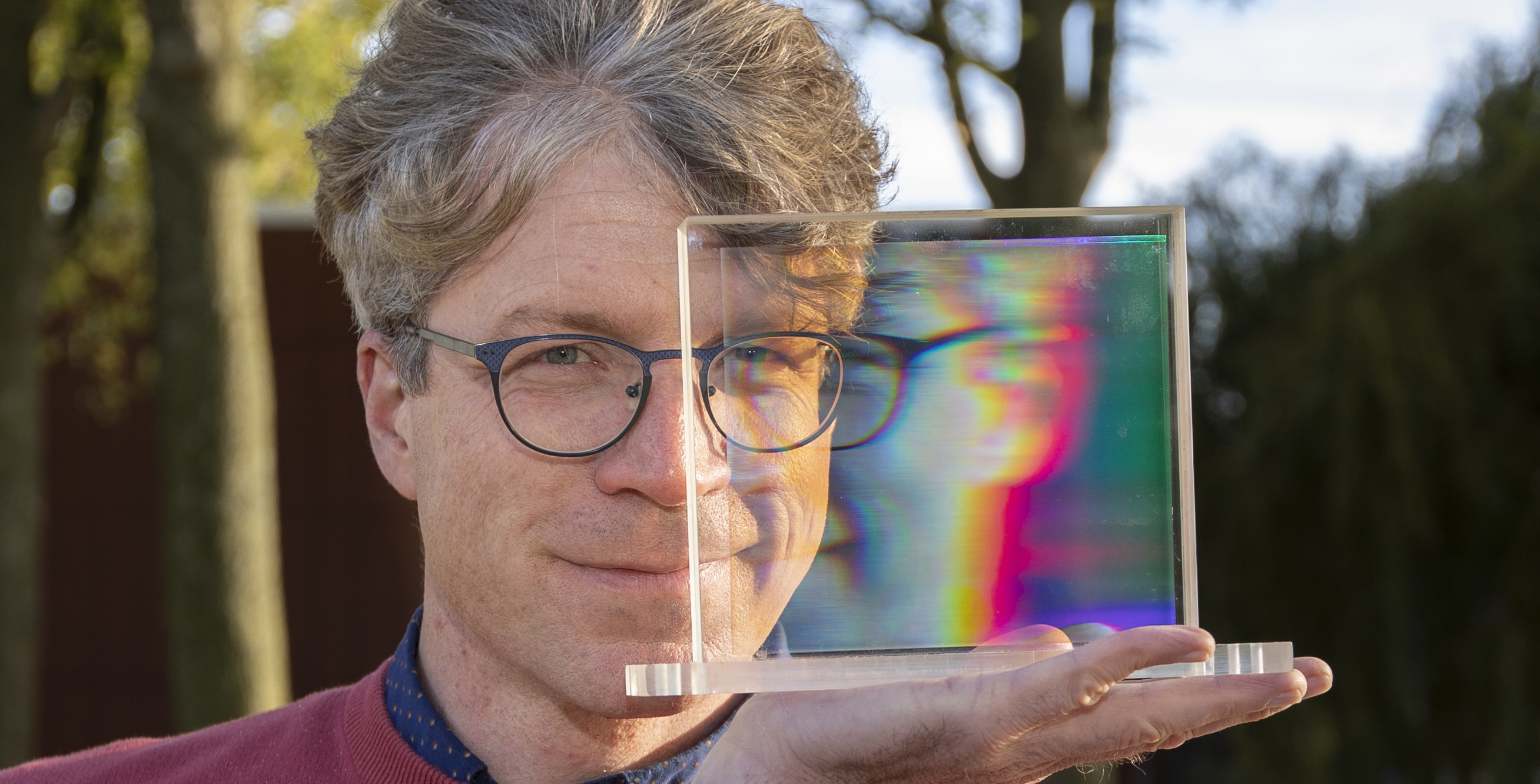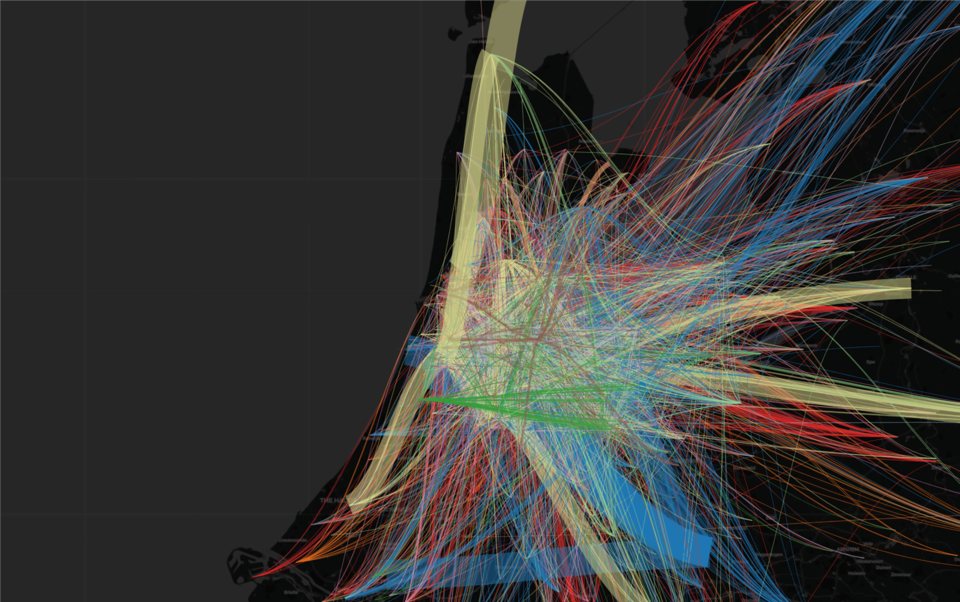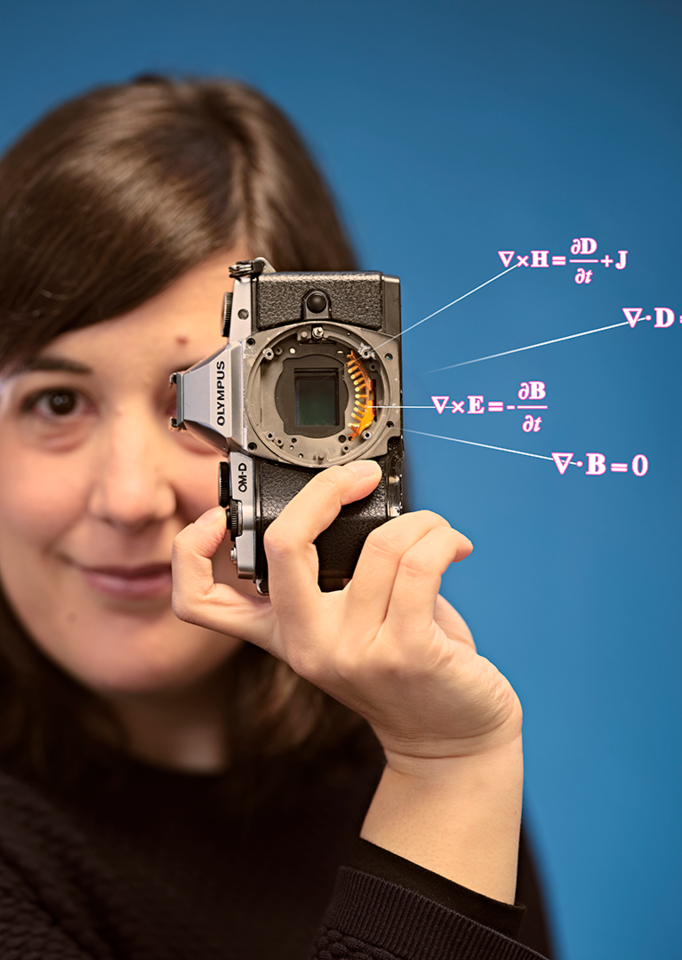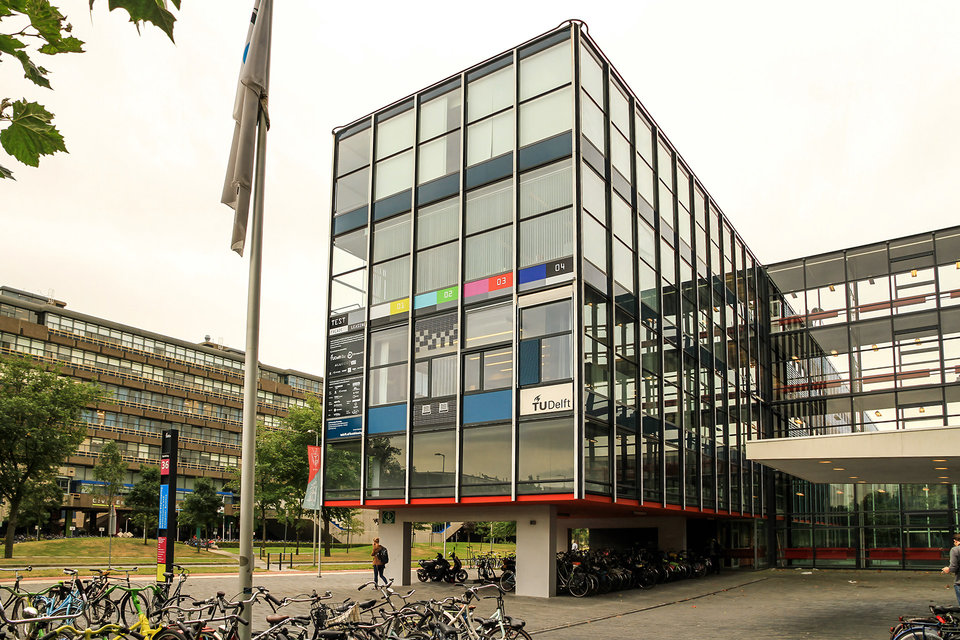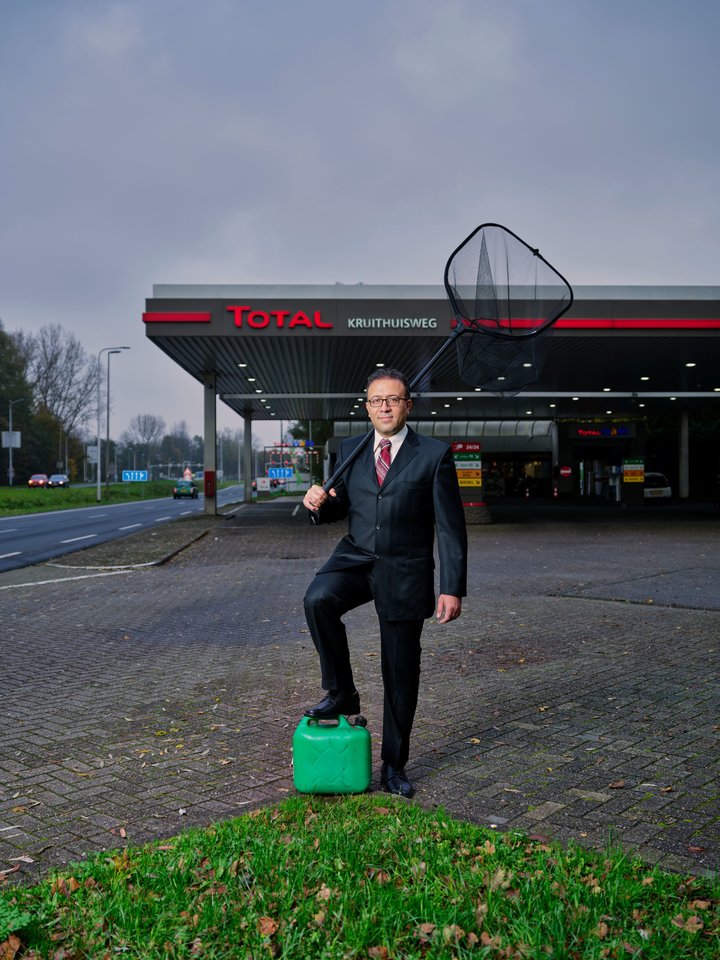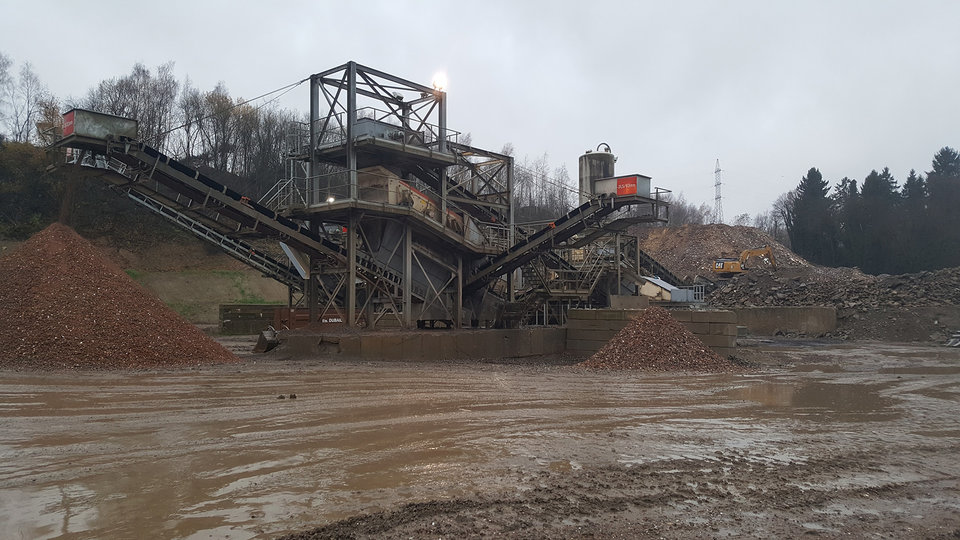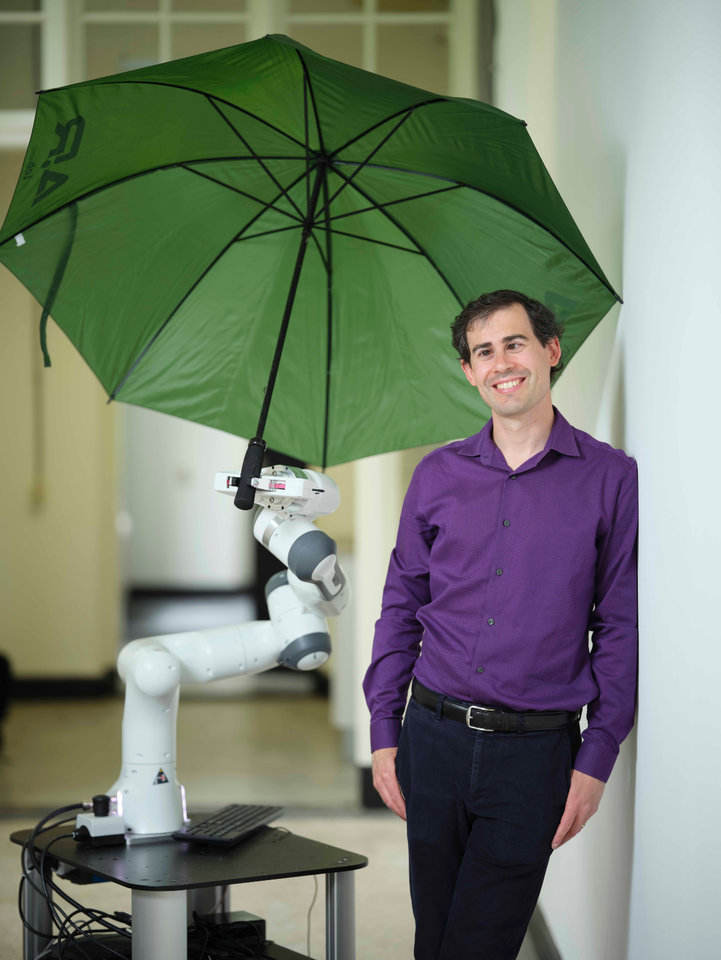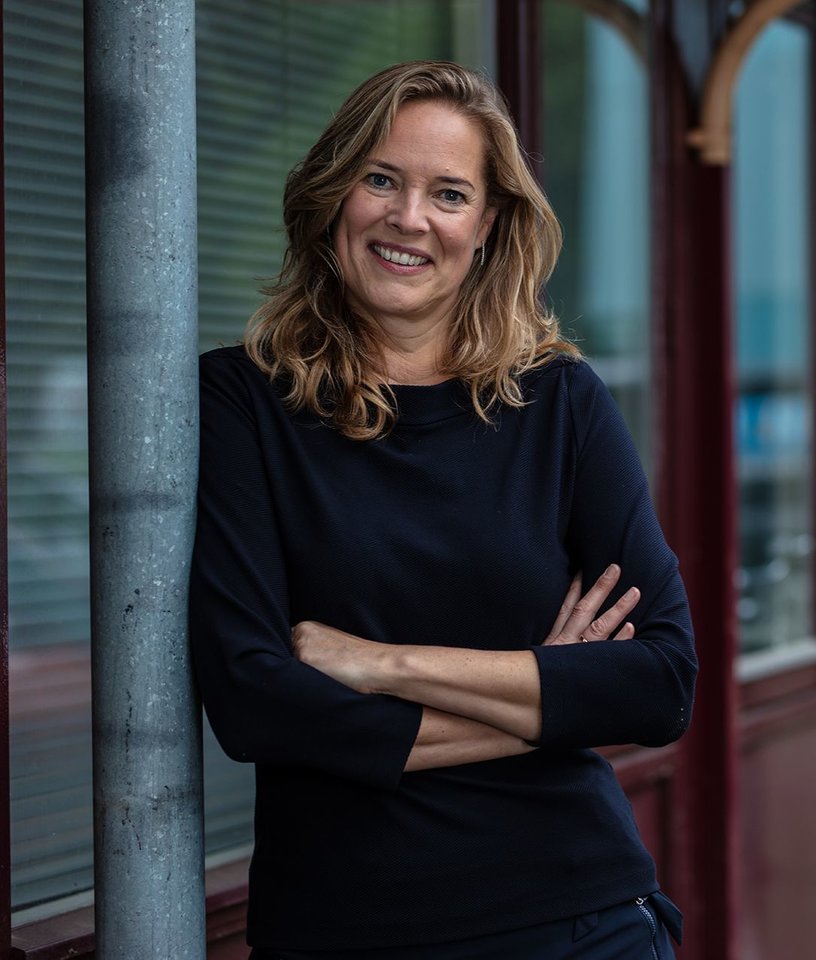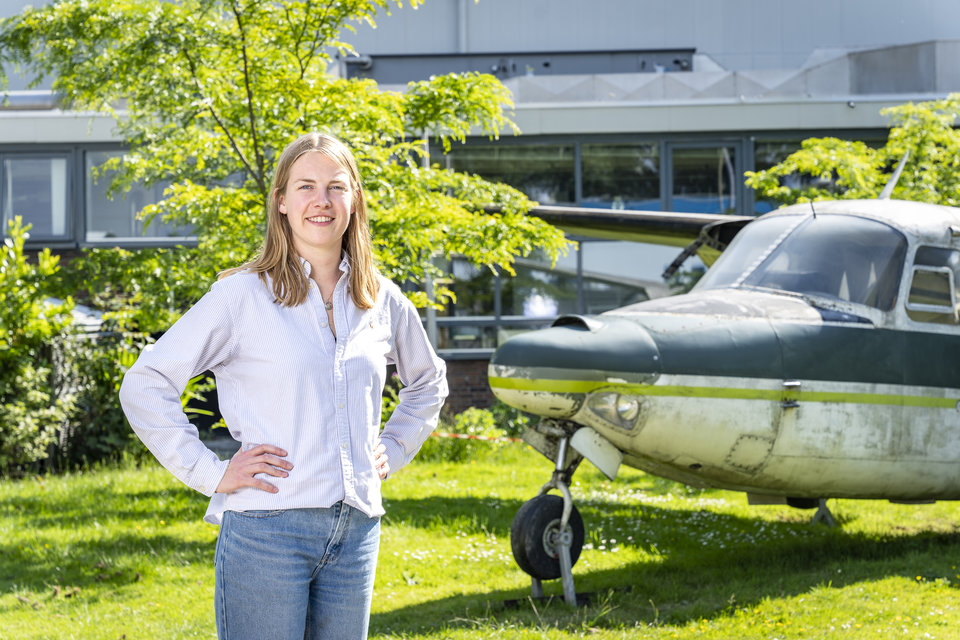Research from space provides us with valuable insights on climate change. Jérôme Loicq, associate professor in Space Instrumentation, researches and develops tools that allow us to accurately study changes in vegetation on Earth and greenhouse gas emissions in the atmosphere. "Space is invaluable for climate research."
Space instrumentation are devices placed on satellites. They are needed to do space research, explains Jérôme Loicq, who has been working at TU Delft since August 2021. "We roughly distinguish these instruments into two types. The first are the tools that collect or examine in-situ the matter or fields. Think of samples taken by a robot during a Mars mission or a magnetometer that measures magnetic field around a planet. The other type - which I focus on - are the instruments for long-distance observation, or remote sensing. The best-known examples are space telescopes to observe the universe, such as the James Webb. With other space telescopes, both space and the Earth can be studied."
As a child I was aware of the fragility of our planet and I am still concerned about its future.
Earth changes
Studying the Earth from space is also known as Earth observation. Earth observation plays an important role in research into the causes, evolution and impact of climate change, according to Loicq. "Based on Earth observations, we can see, for example, where forests are disappearing due to forest fires or human action, how biodiversity is developing or disappearing in an area or where crops are suffering from drought. During my time at the space centre of Liege, I worked on the calibration campaign of the PROBAV mission and the TROPOMI mission, as well as other space missions. The PROBAV mission is a Belgian precursor of the Sentinel 3 spacecrafts and is dedicated to vegetation monitoring over a period of time. TROPOMI is mostly dedicated to the air quality monitoring.”
Climate change research
From space, you can not only study developments on the Earth's surface, but also processes in the atmosphere, says Loicq. "When it comes to climate change, greenhouse gases like methane and CO₂ are particularly interesting. Using a spectrograph - an instrument that captures light and analyses its spectral content - one can map globally and very precisely where certain molecules are emitted and how they spread in the atmosphere. This allows to know, for example, which industry is polluting the air, at which location and in which quantity. Based on these measurements, one can take measures, but also make predictions on air quality. In our Clear Air consortium, composed of TNO, SRON, KNMI and TU Delft, we develop air monitoring instrumentation."
Motivation
According to Loicq, these examples show how valuable space research can be. "The importance of space missions is still sometimes underestimated. The first thing that comes to mind when thinking about space missions are the polluting rockets, but space is a wonderful environment to study the Earth from as well as the processes around it. Space is a valuable place to gain more knowledge about climate change from. This is also an important motivation for me as a scientist. Even as a child, I was already aware of the fragility of our planet and I am still concerned about its future. Hopefully the insights we gain thanks to space instrumentation will help make that future a little brighter."
Behaviour and properties of light
Within space instrumentation, Loicq deals with optics, a part that focuses on the behaviour and properties of light. Loicq: "In order to get a good image of objects or processes, you need to capture light. This can be done using imagers and spectrographs. The last one divides light into its different wavelengths, the scientific term for “colours” in the visible domain. I mainly look from short wavelengths, in the Ultraviolet spectrum, to longer wavelengths, such as infrared radiation, which we use to study physical processes, such as the interaction between light, atoms, molecules and other particles. A part of my work focuses on developing innovative diffractive components such as gratings, a part of the spectrograph that splits light. By improving these components, we will get higher and higher resolution images and spectrum, allowing us to observe Earth more precisely."
Space is a wonderful environment to study Earth.
Looking for extraterrestrial life
Apart from Earth observation, spectroscopy is also used for research in space itself. Loicq is currently working on the development of instruments to study exoplanets, planets orbiting stars other than the sun. "Using interferometry combined with spectroscopy - we want to find out whether it is possible to detect traces of life there. This may give us new insights into the origin of the Earth. One of the challenges here is to get rid of the intensity of light from the star around which an exoplanet orbits. The intensity of the host star is so high that it is almost impossible to capture the direct light from the exoplanet itself, especially for Earth-like exoplanets in the habitable zone. This means we need to find clever ways to 'cancel' the light from the star to enhance the light coming from the exoplanet. This is where interferometry will give us a solution."
The perfect environment
Because of his expertise, Loicq was asked to set up a research section at Delft in the field of space instrumentation. TU Delft is the perfect place to further develop knowledge in this field, according to Loicq. "First of all, TU Delftis an internationally recognised university that stands for innovation and interdisciplinary cooperation. These things are essential in space research. For example, to develop instruments, we need to work closely with engineers, scientists and industrial designers. There are also many important partners in Delft's vicinity, such as ESA-ESTEC, TNO and SRON."
Dual role
In addition to his knowledge and experience, Loicq brings a lot of energy and enthusiasm. "I hope to convey that to the students. The great thing about academia and specifically my role is that I get to conduct research and teach. While working on new insights and tools myself, I can also immediately transfer my findings and involve students in the research. In this way, a collective intelligence is created. I am pleased to see that."
Jérôme Loicq
Jérôme Loicq studied Physics at the University of Liège, after which he did his PhD research in cooperation with Université de libre Bruxelles (BE), University of Liège (BE) and Université Laval (CA) on nonlinear optics and high power lasers. Between 2004 and 2021 he worked as a researcher in the space centre of Liège (BE), and professor of Space Instrumentation at University of Liège (since 2017), before transferring to TU Delft in August 2021.
Loicq was and is involved in several space missions of both ESA and NASA, such as Darwin-TPFI, ICON, SMILE, GLIDE, GAIA, TROPOMI and PROVA-V. He also participated to the calibration campaign of NIRspec and MIRI, two instruments on board of the James Webb telescope, which succeeded the Hubble telescope in 2022.
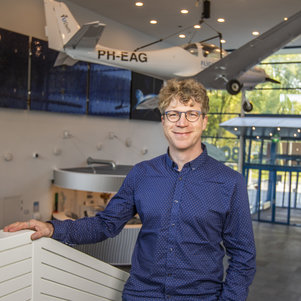
Dr. J.J.D. (Jérôme) Loicq
Space Instrumentation Section Head
✉ J.J.D.Loicq@tudelft.nl

